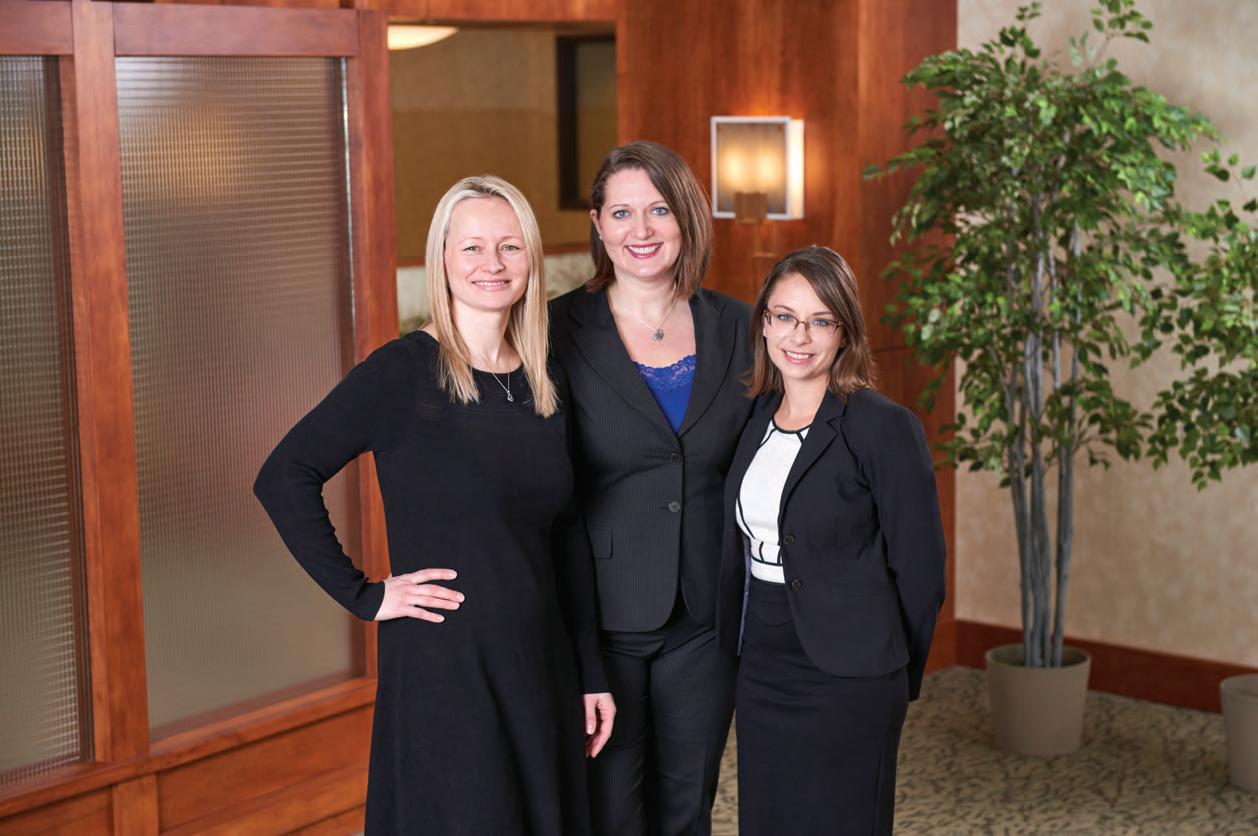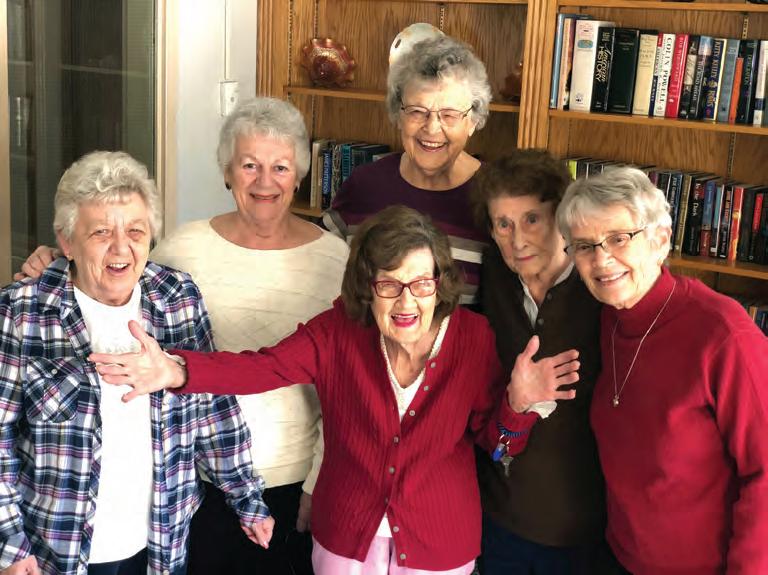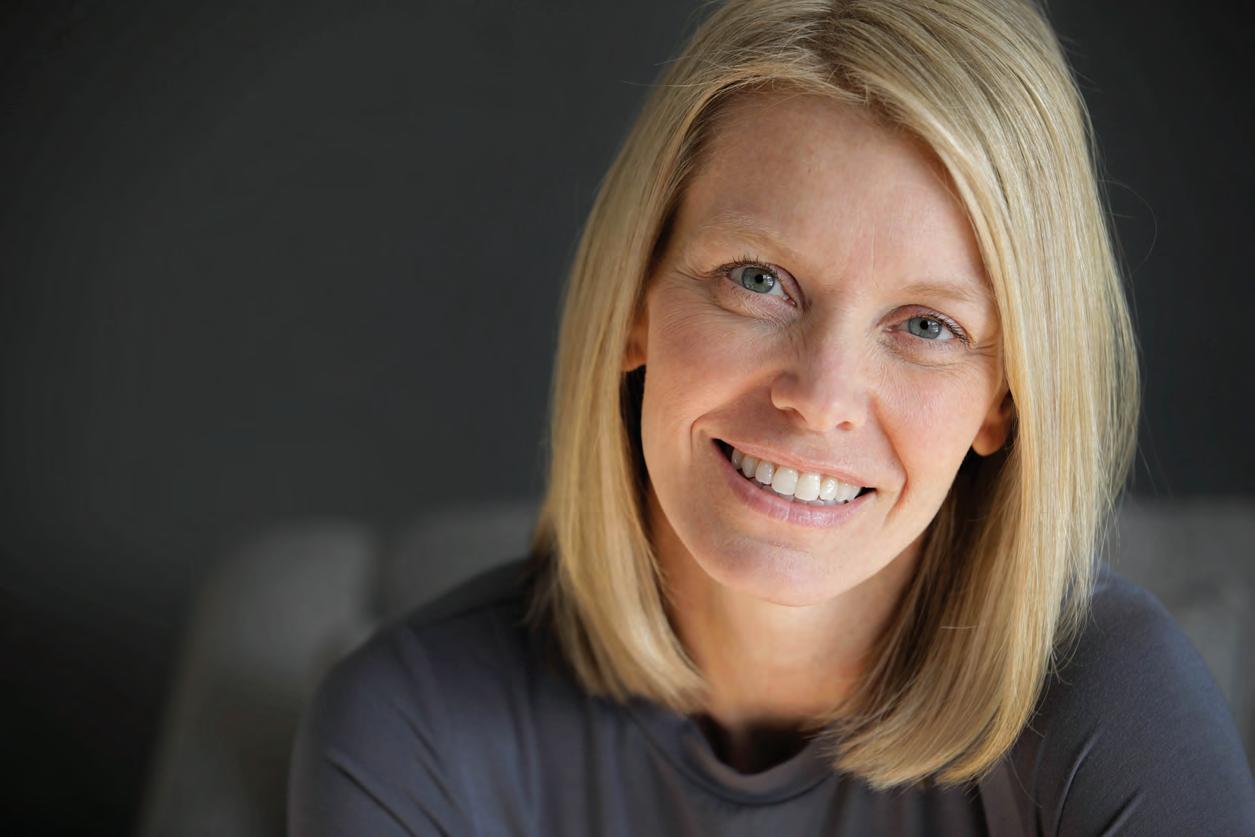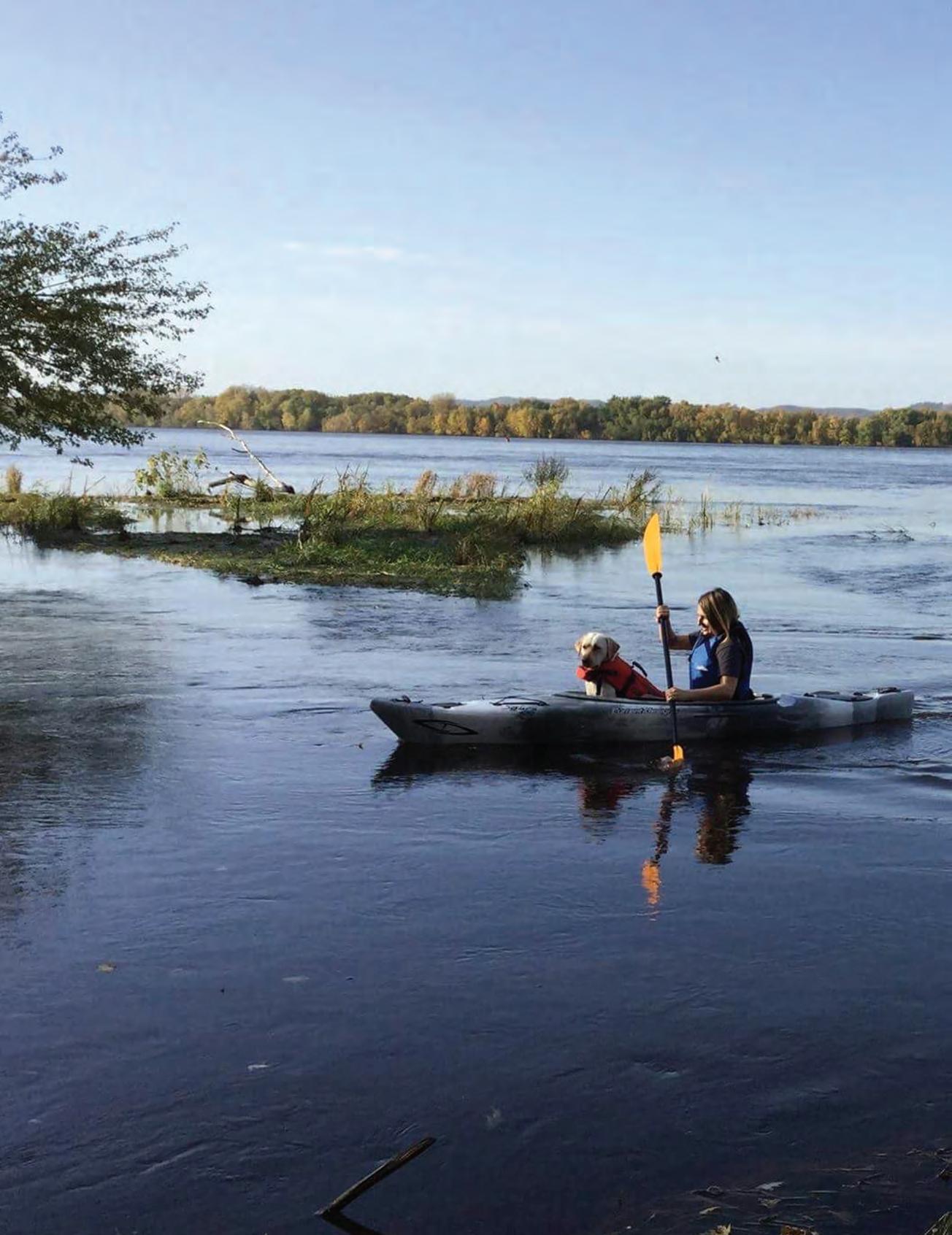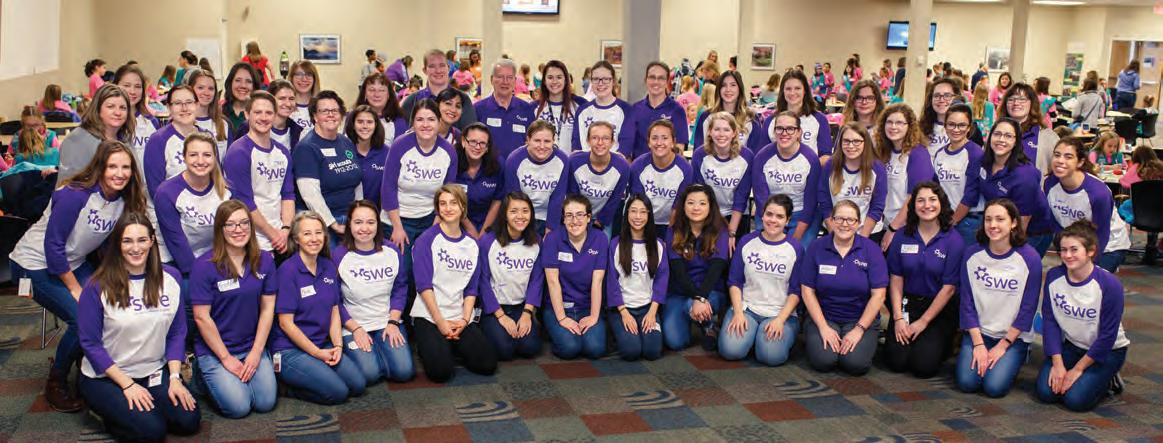
7 minute read
STEM
Schools Prepare Students for a Variety of Careers stem
As technology became progressively more important in the latter part of the 20th century, employers and educators became aware of the lack of female scientists and mathematicians to fill the needs of those traditionally male-dominated fields. Since then, some public charter schools have developed a strong STEM curriculum, drawing female students into science, technology, engineering and math programs. STEM schools prepare students for the advanced learning required for professions in fields such as microbiology, nursing, nanotechnology, computer graphics and software engineering. Two public charter schools in the area, founded to provide STEM education to area students, are the Cannon River STEM School in Faribault and Rochester STEM Academy. Both are tuition-free schools, a part of the public school system and open to any student interested in attending. Both schools, each of which has an enrollment of about half girls and half boys, are currently led by women. CANNON RIVER STEM SCHOOL Cheryl Wendt, the Executive Director of the Cannon River STEM School, worked at the school for six years, first as the special education coordinator, then as Assistant Executive Director. She became Executive Director of the K-8 school two years ago.
“The Cannon River STEM School was developed by par ents, scientists, engineers and educators from within the Cannon River Valley community,” Wendt said. “The school combines a STEM focus with a hands-on outdoor learning environment. We teach how to ask good questions and how to find the answers. It develops critical thinking and executive functioning- -helping you organize your thoughts and make sense of the world around you. Beginning in kindergarten, we incorporate math and science learning. Students participate in a technological coding class, learning how patterns work. They practice those skills in another class, maybe creating a pattern in math class. Even in reading, they can look at letter or word patterns. In grades 6-8, each grade has nine weeks of (computer) coding class.” Students are involved in inquiry-based, project-based, place-based learning that extends beyond the walls of a traditional classroom Cheryl Wendt, Executive Director of the Cannon River STEM School. By Carlienne A. Frisc h

renovated dormitory. In contrast to the historic aspect, there’s a SMART Board interactive white board. The surrounding land provides natural classrooms. “W e use the ravine, prairie land, the cemetery and the brick yard. Students find items and identify them. Our project-based learning has included building a bridge over a stream, which involved math and engineering concepts,” Wendt said. “Project-based learning can incorporate many areas of curriculum. We have a full-time naturalist on the staff, and we incorporate the environment - citizen science - as part of everyday education. We have a bird-feeding station designed by students. In third grade, we have a composting project. Our older students remember it, and some have begun home composting projects.” The school’s plans include a weather monitoring station and solar or wind powered generation.
“As a charter school, we are a public school and are held accountable to everything public schools must do - all the federal mandates,” Wendt said. “Everyone teaches reading. We have music and art classes. The art teacher can work with the classroom teacher to integrate the art lessons with an engineering project.”
“Any student can do it,” she said. “We’ve seen that women are very capable, and we encourage all of our male and female students to excel. In grades 6 to 8, we identify students excelling in math, so when they enter Faribault High School, they may enroll in geometry or advanced algebra rather than basic algebra.” LEFT: Rochester STEM Academy student fencers at the Golden Gate Bridge.
Cannon River STEM School.

CONTINUED FROM page 5
into the natural environment and the community. Through an integrated curriculum, they learn to see all knowledge as connected, rather than artificially separated. Project-based and inquirybased learning enables students to see the connections between what they are learning and the world around them. Strong reading, writing and comprehension skills are developed. The four buildings of the Cannon River STEM School, set on 55 acres leased from Shattuck-St. Mary’s School, offer both historic and environmental perspectives. Old Main, built in the late 1800s, houses grades 1-4, the media center and the administrative offices. Grades 5-8 are located in another building, and kindergarten classes meet in a Rochester STEM Academy students.
ROCHESTER STEM ACADEMY

Rochester STEM Academy is also a tuition-free public charter school serving grades 9-12, with a focus on minority students. About 25 percent of the students choose post-secondary enrollment options that prepare them to enter a college or university as sophomores or beyond. Many of the students and teachers have come from Arabic countries, including a significant number from Somalia. Interim Executive Director Sarah Schlake said, “The school opened in fall 2011 in response to the community’s need for a rigorous charter high school that would give a boost to children in terms of academics and future employment, thus benefiting Rochester’s industries. A community group was formed, and in 2010, it wrote the charter with the idea of serving a refugee population.”
(All charter schools in the state are authorized and overseen by the Minnesota Association of Charter Schools, in accordance with Minnesota statutes. See sidebar.),
Schlake, who has a teaching license and a Master’ s degree in education, came by the Interim Director’s position naturally. “In our building, we share space with the Rochester Math and Science Academy, also a charter Sarah Schlake, interim Executive Director at the Rochester STEM Academy.
Cannon River STEM School.




school, where I was the K-8 dean,” she said. “Many of the students are from the same families, so quite a few enroll in the STEM Academy. I moved to the STEM Academy as the Interim Director, and when the Director’s job is posted, I plan to apply.” “W e have 130 students in 9th through 12th grades,” she said “About 90 percent are Somali. Rochester has a sizeable Somali population. Almost all of the support staff, including special education, paraprofessionals, classroom aides, etc., are Somali.” Schlake admits to shamelessly plugging the school’ s fencing team. “The Rochester STEM Fencing Club has produced young women who have qualified to compete in the Junior Olympics, are scouted by some top colleges, such as Cornell, and received national attention a couple of years ago for sporting the Nike hijab,” she said.
Schlake said an understanding of Somali culture is important in raising awareness of the STEM Academy among families of potential new students. She explained, “Somali is a very aural culture, so they still learn by chit-chat. We do events at the school, inviting people to come in, we speak at mosques and at three ethnic restaurants, but it’s still largely word-of-mouth.” “Our students ar e very much supported by their families who want to have their children educated,” she said. “I really believe that the community is happy that we are serving this population. We collaborate with the Mayo Clinic in student job shadowing of Mayo employees, volunteerism at the Clinic and part-time work at the Clinic after graduation.”
The STEM Academy has been tracking the graduates who chose the Post-Secondar y Enrollment Option (PSEO). “Nearly 100 percent of them graduate, and many are accepted in a college or another institution of higher learning,” she said. “Through the community, we keep track of where they are--especially the first year after graduation. If they stick it out one year, they usually get a degree.” Carlienne A. Frisch is a Mankato-based writer and volunteer. Cannon River STEM School Field Trip Day. Rochester STEM Academy student fencers. Rochester STEM Academy students. Seeking more IN FORM ATION ? Charter schools are independently operated public schools that have the freedom to design classrooms that meet their students’ needs. All charter schools operate under a contract with a charter school authorizer, usually a non-profit organization, government agency or university, that holds the school accountable to the high standards outlined in the school’s charter. (See www.publiccharters.org.)


